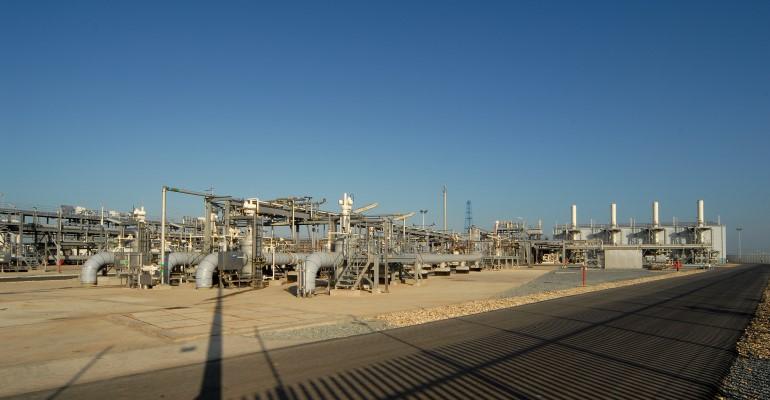The energy infrastructure that would have been affected included the Zeepipe (Norway to Belgium) and Langeled (Norway to UK) pipelines, and major gas fields, Troll and Ormen Lange, according to analysis from Oslo consultancy, Rystad Energy.
If it had continued for any length of time, the strike would have caused widespread disruption to Norwegian gas exports at a time when much of Europe is already under extreme energy supply pressure. Three days of industrial action planned for July 5th, 6th and 9th, could have lost 46 million cubic metres of gas per day or about 20% of Norway’s normal exports, Rystad said.
The cuts would have come on top of reduced gas supplies from Russia as well as the cessation of imports from Freeport LNG in the US, where exports stopped following a fire at the Texas plant last month. Further gas price pressure is likely within the next few days when ten days of annual maintenance begin on the Nord Stream 1 pipeline on July 11th.
The move led to an easing in spot gas prices, which had risen to $53.66 per million BTU (MMBtu) when the strike began, to $46.74 later in the day. Rystad said that had the strike continued, spot gas prices could have risen close to, or even exceeded, the all-time high of $65 per MMBtu reached in March. Current prices are already about ten times more than the historic normal.
In addition to a surge of interest in floating gas installations – the quickest way to boost import capacity – a record number of LNG carriers have been ordered so far this year. Latest statistics from Clarkson reveal that 94 vessels were contracted over the first half of the year, equivalent to an average of between three and four every week.

